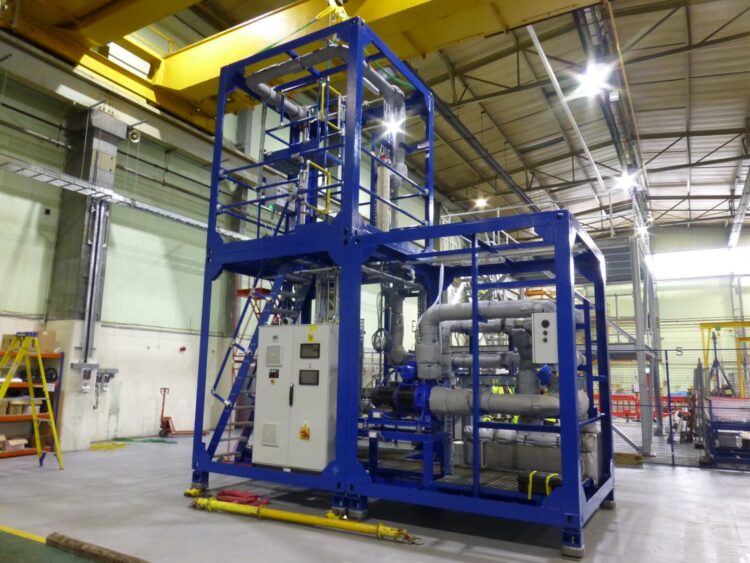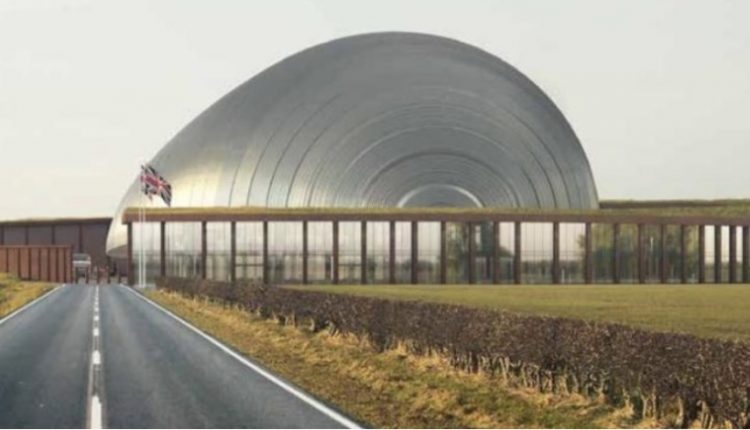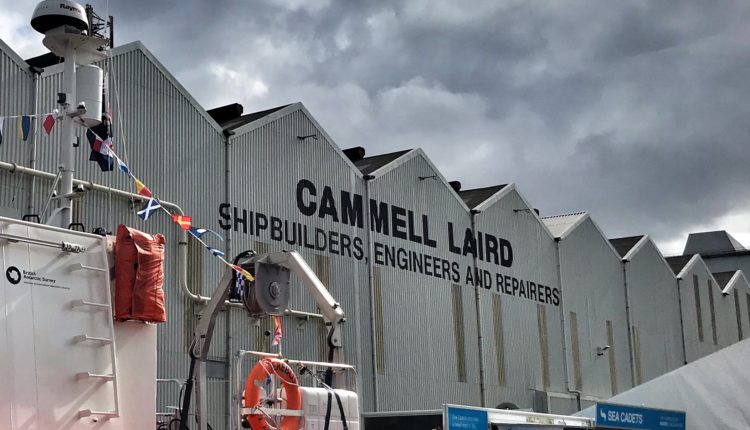Industrial giant Rolls Royce is creating 400 North West jobs as it looks to develop miniature nuclear reactors that can power 1m homes and Merseyside shipyard Cammell Laird has helped make it possible. Tony McDonough reports

Merseyside shipyard Cammell Laird has played a critical role in a plan to build a network of mini nuclear reactors that could each power 1m homes.
Last week Rolls Royce, which is leading the Government-backed plan to build the new small modular reactors (SMRs) said it was creating 400 jobs between Warrington and Derby as part of the development programme.
Traditional nuclear power plants are hugely costly and can take 12 years or more from conception to delivery. The Government is keen to put nuclear at the heart of its energy strategy alongside wind and solar as it looks to move away from generating power via coal and gas.
Rolls Royce says SMRs could be delivered in five years at much lower costs and with a significantly smaller footprint. It aims to assemble around 90% of the plants within factories rather than on-site, similar to factory-build modular homes that are appearing in parts of Merseyside. The first plants could be operational by 2029.
As part of the UK’s Government’s Project Faith, Cammell Laird in Birkenhead utilised its part of its giant shipyard to the design, manufacture and installation of a new thermal hydraulic test rig to be used as a model for testing nuclear modular construction techniques.

On completion of the project last year, Jamie Willgress, project manager at Cammell Laird and part of the Project Faith team, said: “Our expertise in the block build fabrication of ships was instrumental to this project.
“We’ve been able to share considerable best practice from our work constructing some of the worlds’ most high-profile vessels including RRS Sir David Attenborough and the Queen Elizabeth aircraft carriers.
“Modular construction will improve the delivery of nuclear projects in the future and revolutionise the way nuclear plants are constructed so this is an incredibly important project to be part of.”
Designed to circulate water around a pipe loop, the stand-alone rig enables different test sections to be installed to study the impact of flowrates and temperature on the flow regime in the geometry and workings of a nuclear reactor.
Students from the University of Liverpool were also involved in the project and found an ingenious way to avoid COVID-induced delays to the rig’s Hazard and Operability Analysis (HAZOP) testing, by creating virtual 3D models to simulate the process in the real world.
Adam Ellis, director of talent and HR at Rolls-Royce SMR, said: “This is the most exciting nuclear programme in the UK right now, and anyone joining the team has the chance to develop their role and carve a career for life.”

